South Australia faces $50bn debt time bomb
SA faces a further deterioration in the amount of money it owes, as the Malinauskas government becomes the latest state Labor regime to borrow heavily to pay for infrastructure.
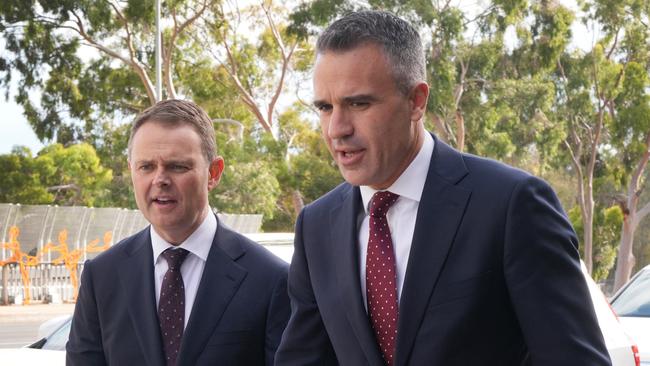
Peak credit agency Standard and Poors has issued a blunt warning to big-spending state governments - keep racking up debt and deficits and we will slash your credit rating.
South Australia is facing a $50 billion debt time bomb with a further deterioration in the amount of money it owes, prompting the warning from S&P Global within hours.
The increased state debt and the huge reduction in the size of the forecast budget surplus resulted in the ratings agency issuing the formal notice that it was watching SA closely.
“New spending could nudge South Australia closer to the downside threshold for our rating on the state,” the S&P Global statement read.
“As previously signalled we could lower our rating on South Australia (AA+/Stable/A-1+) if its overall cash deficits exceed 10 per cent of total revenue on a sustained basis.
“The buffer in the rating will shrink if, like some other domestic counterparts, South Australia loosens its fiscal controls in the lead-up to the next state election.”
The warning is an embarrassment for the Malinauskas government and overshadows what will be its final budget before seeking a second term at next year’s March election.
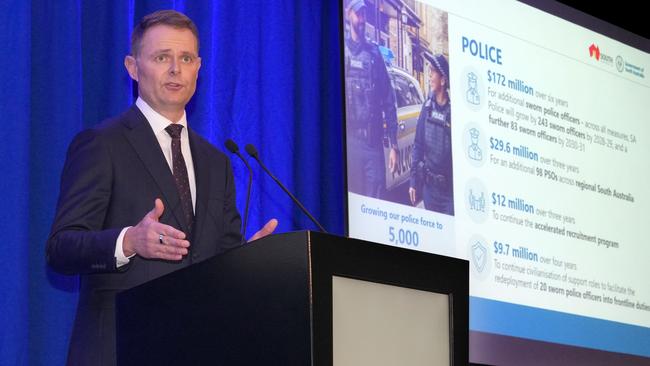
The Government insists that the borrowings and interest are all affordable and are only due to two major infrastructure projects that must be completed as a matter of urgency.
The Malinauskas government is also blaming the drought and GFG Alliance chair Sanjeev Gupta for the virtual disappearance of its promised budget surplus, down from a forecast $201m to a piddling $18m this year due to support packages for struggling farmers and the Whyalla steelworks.
The SA budget, which was released on Thursday, confirms state debt has increased by $141m in the past 12 months and will continue to rise in the coming years, largely to pay for a new hospital build and a major road upgrade.
The figures confirm the trend of state Labor governments borrowing heavily to pay for infrastructure, further driving up state debt which now stands at $35.5bn and will rise by roughly $4bn a year for the next three years before hitting $48.5bn in 2028-29, with no sign yet of being reduced.
The situation is made more ominous in SA with the government sticking to heroic cost estimates for its two biggest infrastructure projects, the new $3.2bn Women’s and Children’s Hospital which has been plagued by delays, and the ongoing $15.4bn upgrade of South Road, the congested main thoroughfare that runs the length of suburban Adelaide.
Releasing the final budget of their first term in office, Premier Peter Malinauskas and Treasurer Stephen Mullighan insisted the amount of debt was manageable and significantly less than in other states, most notably Victoria where state debt is forecast to reach $194bn by 2028-29, quadruple that of SA.
Mr Mullighan said the SA budget was also in better shape than it had been under Stephen Marshall’s Liberal government, which managed the state through the economic hit of Covid.
He also argued that SA enjoyed the highest credit rating of any state bar Western Australia.
“The budget’s strong position means that in the current financial year, net debt is $2bn lower than forecast in the last budget of the previous Liberal government and the key debt-to-revenue ratio is improved by 30 percentage points,” the Treasurer said.
“Among all states, SA has the second-strongest credit rating and outlook trailing only a WA economy fuelled by an unfair GST distribution.”
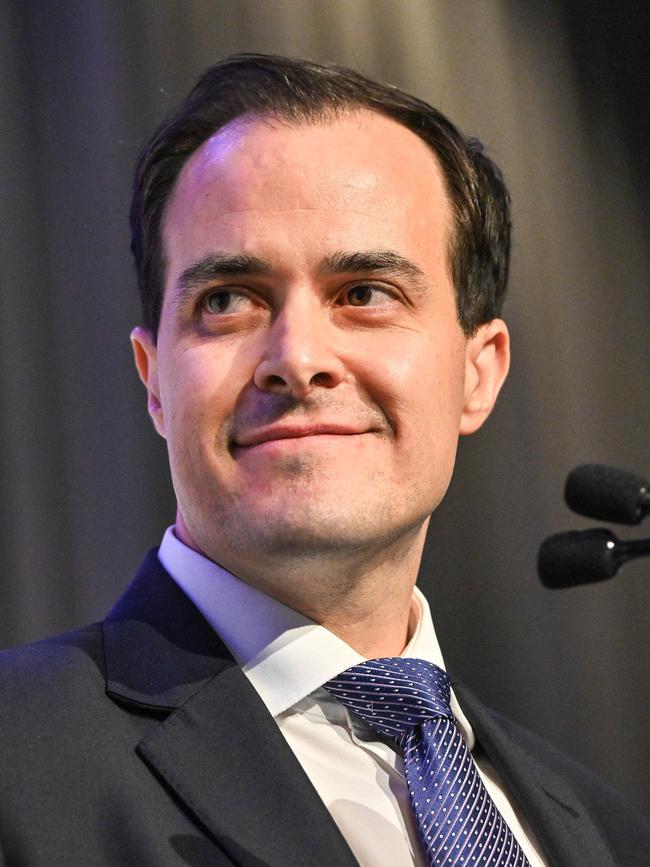
But the biggest financial turnaround in the budget involves the delivery of such a paltry surplus.
Mr Mullighan insisted that despite the surplus falling from the forecast $201m to just $18m, the state was still on track to deliver a $179m surplus in 2026-27.
That figure, however, is $270m lower than the $449m surplus forecast for 2026-27 in the mid-year budget review – suggesting the government may be squirrelling that money away to fund promises when it seeks a second term at the election next March.
Mr Mullighan used his budget speech to fire a major broadside at GFG Alliance over its management of the Whyalla steelworks, with some pointed barbs that were obviously directed at owner and chair Mr Gupta.
The Treasurer said the state would be in better financial shape and the surplus bigger if not for the unforeseen impact of the drought and the near collapse of the steelworks, which the government placed in administration in February and is now seeking a new owner as part of its joint state/commonwealth $2.4bn bailout.
“Over the past 12 months, we became increasingly alarmed at the reports that the steelworks in Whyalla were under threat,” the Treasurer said.
“Reports of businesses not being paid. Of workers being laid off. Maintenance work not being done. Safety being put at risk. Enough was enough.
“Under this government, South Australians will not be taken for fools by fast-talking businessmen who continually break their promises to the state.”
The government’s inability to rein in debt and deliver a more substantial surplus looks even worse when set against its surging revenue, principally off the back of Adelaide’s historically sluggish property market which has now been surging in value for the past few years.
The budget papers show that the state tax take jumped by $167m since last December’s mid-year budget review, and will surge by a further $796m over the next two years.
But again pointing towards Victoria, Mr Mullighan said the Malinauskas government had stayed true to its pre-election promise not to increase existing taxes nor introduce new ones, with the Business Council of Australia declaring it the best place in Australia to invest and run a business.
“Our economy has gone from laggard to leader,” he said.
“We are ranked the best place in the nation to do business. In just three short years, look at the progress we have made. We are the lowest-taxing state on the mainland and we have kept our promise not to introduce new taxes or increase existing ones.”
The state opposition rubbished the government’s attempt to spruik its economic credentials and said the debt levels and tiny surplus outlined in the budget showed Labor was “out of money and out of ideas”.
Opposition Leader Vincent Tarzia said Labor was “steering South Australia towards a debt iceberg which will grow to a mammoth $48.5bn, the largest debt in our history”.
“Labor also has no plan to pay this staggering debt back, which will cost almost $7m a day in interest alone,” he said.
“The debt iceberg will sink the dreams of future South Australians. What’s abundantly clear is that Labor is completely out of touch with the needs of South Australians and instead is frivolously whittling away taxpayer dollars on vanity projects that don’t deliver any relief from sky-high energy prices, water bills and the housing crisis.
Mr Tarzia said the slim surplus and the need to service interest on debt meant SA had limited reserves to protect itself from further unexpected events. He accused the government of using GFG and the lack of rain as a smokescreen for its own failure to rein in spending.
“A budget like this leaves South Australia vulnerable to economic shocks, which could come from any direction in the current economic climate,” he said.
“My message to South Australians is: when Labor runs out of money, they’re coming after yours, like they are with water bill increases.
“Instead of taking responsibility for their failure to manage spending, Labor is laying the blame on South Australian farmers battling the worst drought in recent history and the Whyalla Steelworks bailout.”



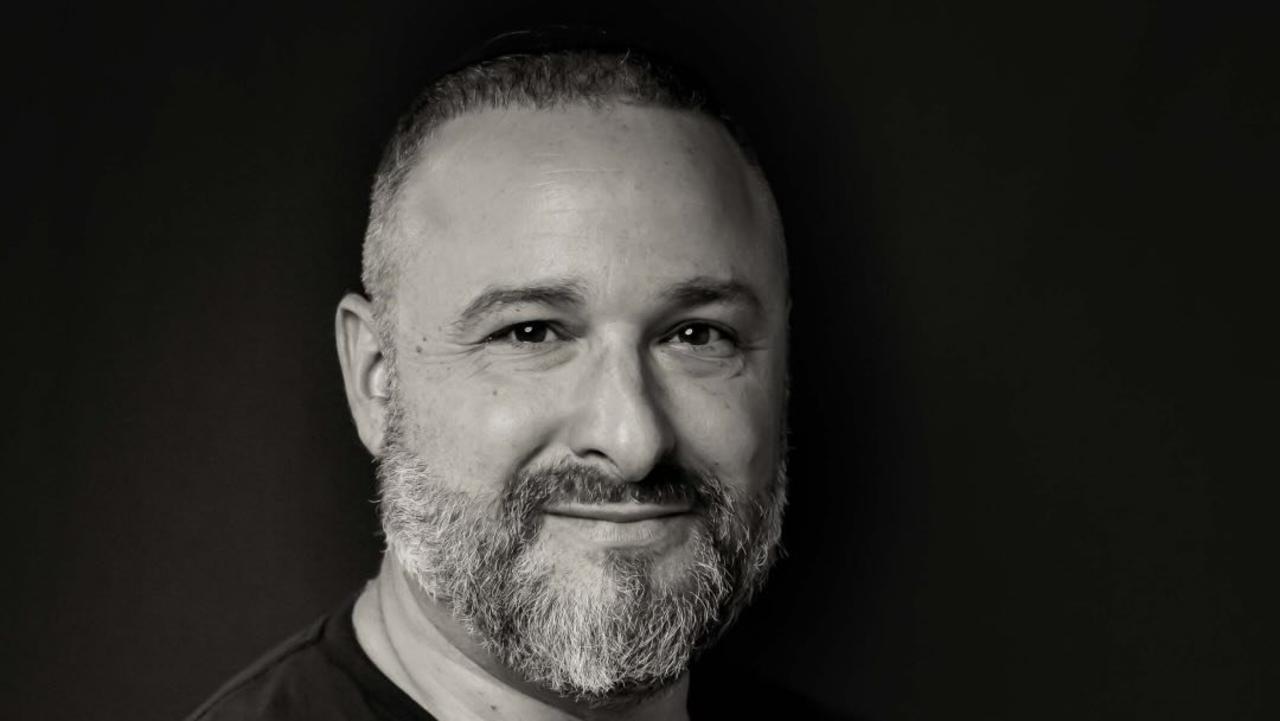
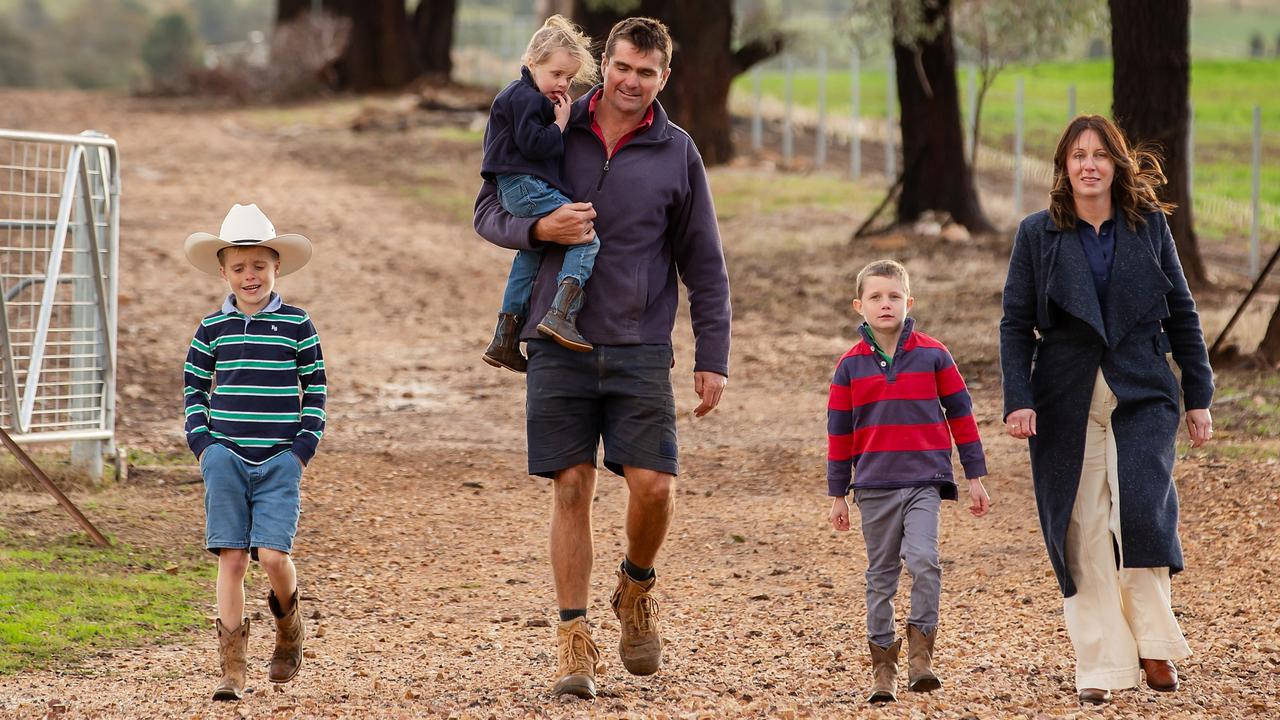
To join the conversation, please log in. Don't have an account? Register
Join the conversation, you are commenting as Logout